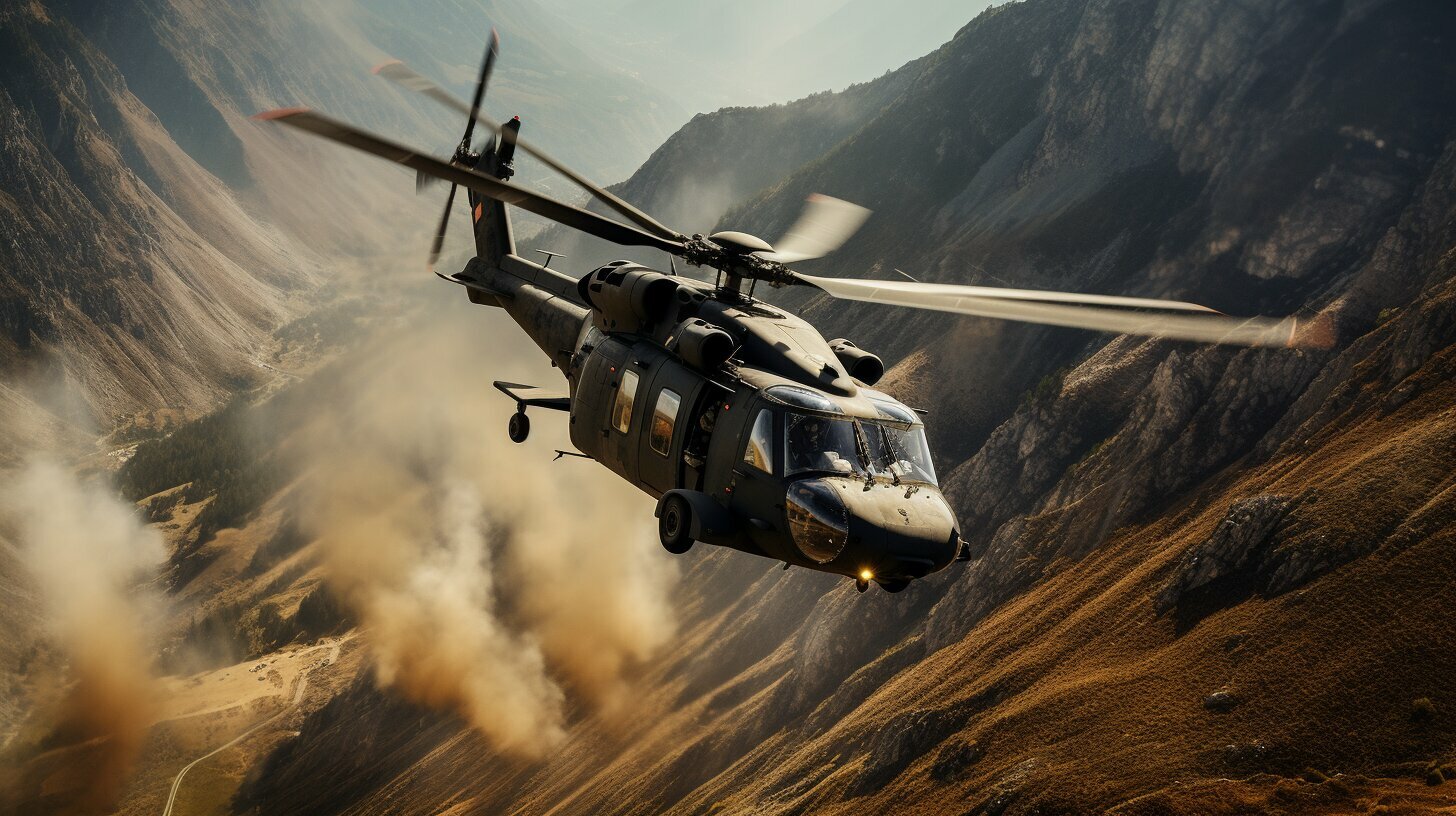
Airship
Classification of Airship by Construction
Rigid Airships
Rigid airships, also known as “dirigibles,” are types of airships that have a rigid framework or skeleton supporting the outer skin. This allows them to maintain their shape and structural integrity without the use of internal gas pressure.
The first successful rigid airship was built by German engineer Count Ferdinand von Zeppelin in 1900.
Do rigid airships still exist?
The answer is no. The last rigid airship to fly was the USS Akron, which crashed in 1933. After this tragedy and the highly publicized crash of the Hindenburg in 1937, interest in rigid airships dwindled.
Currently, there are only three remaining intact rigid airships in existence: the USS Macon and USS Shenandoah in the United States, and the Graf Zeppelin in Germany.
These airships are now housed in museums, serving as a reminder of a once-promising mode of transportation.
However, some companies have expressed interest in reviving rigid airship technology for tourism or cargo purposes. It remains to be seen if these efforts will be successful.
Semi-rigid Airships
Semi-rigid airships are a type of airship that has a rigid keel running along the bottom of the envelope but otherwise rely on internal gas pressure to maintain their shape. This combination allows for increased maneuverability and lift capacity compared to non-rigid (or “blimp”) airships.
One of the most famous examples of a semi-rigid airship is the Zeppelin NT, which first took flight in 1997 and has since become a popular choice for advertising and sightseeing flights.
While semi-rigid airships have certain advantages over non-rigid designs, they also come with increased complexity and cost. As a result, they are not as commonly seen in the modern airship industry.
However, for certain applications such as cargo transport, they can provide unique advantages such as the ability to land on unprepared surfaces.
Overall, semi-rigid airships offer a balance of capabilities that make them a valuable option in certain situations. As the airship industry continues to evolve, interests might reemerge for more developments in semi-rigid technology and design.
Non-rigid Airships
Non-rigid airships, also known as blimps, do not have an internal framework or rigid structure. Instead, they rely on the pressure of the gas within them to maintain their shape.
These types of airships are typically smaller in size and can be maneuvered with greater agility compared to rigid airships.
Due to their lack of rigid structure, non-rigid airships also tend to be lighter and require less power for propulsion. However, they are not able to lift as much weight and have a lower overall payload capacity compared to rigid airships.
Non-rigid airships have been used for a variety of purposes, including advertising, surveillance, and aerial photography. They are also often used as platforms for scientific research, due to their ability to remain airborne for extended periods of time with minimal power consumption.
Despite their advantages, non-rigid airships have a lower overall safety record compared to rigid airships. In the event of gas leakage or loss of pressure, they may lose their shape and potentially crash. However, advancements in technology and materials have improved the safety and reliability of non-rigid airships in recent years.
Overall, non-rigid airships offer a versatile option for aerial operations and can be a useful tool for various industries. However, careful consideration must be given to their capabilities and limitations in order to ensure safe and successful operations.
Airship Manufacturers
- Goodyear
- Lockheed Martin
- Hybrid Air Vehicles
- Aeroscraft Corporation
- Wingfoot Commercial Airships LLC (a subsidiary of The Goodyear Tire & Rubber Co.)
- Flying Whales
- Skycruiser Corporation
Airships are Making a Comeback
Airships have seen a resurgence in recent years. This renewed interest can be attributed to several factors.
First, airships offer unique capabilities that cannot be replicated by traditional fixed-wing or rotorcraft aircraft. These include the ability to hover in one spot, carry heavy loads, and travel long distances with minimal fuel consumption.
Additionally, airships have lower operating costs compared to other aircraft, making them an attractive option for industries such as air freight and remote surveillance.
With advancements in technology, airships are now able to reach higher altitudes and travel at faster speeds. Existing airship companies are paving the way for the design and manufacturing of modern airships.
In conclusion, it’s clear that airships are making a comeback and are poised to play an important role in the future of aviation.
Are Airships a Sustainable Mode of Transportation?
Are Airships a sustainable mode of transportation? The short answer is yes, but there are challenges as well.
Airships have a low carbon footprint when compared to other modes of transportation such as airplanes and cars, and can transport large quantities of goods without the need for additional fuel, as their lift is primarily provided by helium gas.
However, helium is a finite resource and currently faces concerns about scarcity and cost.
Ultimately, the sustainability of airships as a mode of transportation depends on factors such as the availability and cost of helium, as well as innovations in energy usage during takeoff and landing.
As it stands, airships offer promise as a low-carbon option for transporting goods, but their reliance on helium means that they may not be a long-term solution.
Further research and development are needed in order to fully assess their potential as a sustainable mode of transportation.
For much of the early 20th century, airships were seen as the future of air transportation. These gas-filled aircraft offered something that early airplanes ...
Classification of Airship by Construction Rigid Airships Rigid airships, also known as "dirigibles," are types of airships that have a rigid framework or ...









